Distribution Records
PDF
Vetting Levels |
|
Adult phenology:
High Mountains (HM) ≥ 4,000 ft.
Low Mountains (LM) < 4,000 ft.
Piedmont (Pd)
Coastal Plain (CP)
Click on graph to enlarge
|
 |
|
| synonym | |
| taxonomic_comments |
Approximately 30 species in this genus have been identified as occurring in North America north of Mexico (Cokendolpher and Lee, 1993; Ingianni et al., 2011), with 16 recorded in North Carolina. However, the validity of several of these species is suspect, with several that will probably be determined to be synonyms of other species, e.g., davisi, speciosum, and zimmermani in North Carolina Burns et al., 2012; Shultz, 2018). According to Shultz (2018), moreover, recent phylogenetic studies indicate both that more species are waiting to be described and that the name Leiobunum may eventually be restricted to European species, requiring new generic names for most, if not all, of our species. |
| species_comment |
This species will likely be moved from Leiobunum to Hadrobunus based on genetic analysis (Burns et. al., 2012; Shultz, 2012) |
| id_comments |
Large harvestmen, especially the females; approximately the same size as Hadrobunus maculosus. Males are uniform orange-yellow or red-brown above, with a dark optical tubercle; the central figure is well marked in early season individuals but becoming obscure with age, with only traces of the outline present on the anterior of the scutum (Davis, 1934; Shultz, 2018). The venter is only slightly lighter than the dorsum. Females are darker brown with again a well-developed central figure in early season individuals but more obscure in older ones; transverse rows of light spots are present on the abdomen (Shultz, 2018). The palps are yellow marked with brown. The trochanters of the legs are dark and strongly contrasting with the pale coxae; the remainder of the legs are yellowish but with dark annulations at the joints. Similar in appearance to L. verrucosum, although that species lacks the dark annulations on the legs. |
| total_length |
~6 mm, males; 9–10 mm, females (Shultz, 2018) |
| structural_features |
The femur of the foreleg is longer than the body, unlike most Hadrobunus species. Male and female reproductive structures are diagnostic (see Davis, 1934; Shultz, 2018). |
| silk_web |
|
| fld_guide_descriptions |
|
| online_photos |
|
| prey |
|
| predators |
|
| behavior |
In Tennessee, adults overwinter and late spring and early summer populations frequently consist of both juveniles and adults (Townsend et al., 2006) |
| distribution_reference |
iDIGBIO, accessed 2019-01-05 |
| technical_reference |
Davis (1934); Shultz (2018) |
| adult_id | 1 identifiable by photo 2 identifiable by photo of specific features and/or supplementary info 3 identifiable from specimen only |
| abundance |
We currently have too few records from North Carolina to judge its frequency of occurrence or abundance |
| distribution_comments |
So far recorded in North Carolina only from the Piedmont |
checklist_mt_high
>=4,000 ft. | |
checklist_mt_low
<4,000 ft. | |
checklist_pd
Piedmont | |
checklist_cp
Coastal Plain | |
| habitat |
In Tennessee, formosum is commonly encountered in stands of pine and mixed hardwoods (Townsend et al., 2006) |
| observation_methods |
|
| state_protection |
Arachnids are not protected under state law, although permits are needed to collect them in State Parks and other public and private nature preserves |
| NHP_ranks |
[GNR] [SU] |
| NHP_status |
|
| status_comments |
We have only a single relatively old (1976) record for this species. While this species does not appear to be habitat limited, we need much more information on its distribution in the state, its habitat preferences, and population trends before we can begin to estimate its conservation status. |
Photo Gallery for Leiobunum formosum No common name |
 | Recorded by: David George and Steve Hall
Chatham Co.
Comment: | 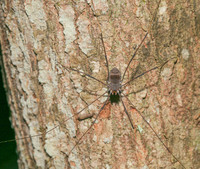 | Recorded by: Steve Hall, David George, Pat Coin, Jeff Niznik, Carol Tingley, and Tom Howard
Chatham Co.
Comment: One female seen on a tree trunk. One male and one female seen at a moth sheet. The female was collected for identification. |
 | Recorded by: Steve Hall, David George, Pat Coin, Jeff Niznik, Carol Tingley, and Tom Howard
Chatham Co.
Comment: One female seen on a tree trunk. One male and one female seen at a moth sheet. The female was collected for identification. | 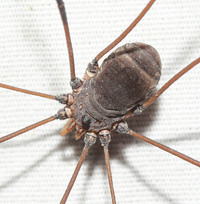 | Recorded by: Steve Hall, David George, Pat Coin, Jeff Niznik, Carol Tingley, and Tom Howard
Chatham Co.
Comment: One female seen on a tree trunk. One male and one female seen at a moth sheet. The female was collected for identification. |
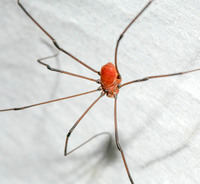 | Recorded by: Steve Hall, David George, Pat Coin, Jeff Niznik, Carol Tingley, and Tom Howard
Chatham Co.
Comment: One female seen on a tree trunk. One male and one female seen at a moth sheet. The female was collected for identification. | 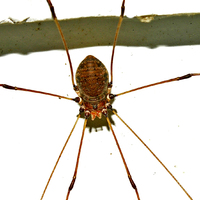 | Recorded by: Owen McConnell
Orange Co.
Comment: |
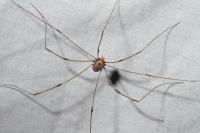 | Recorded by: Steve Hall
Orange Co.
Comment: | 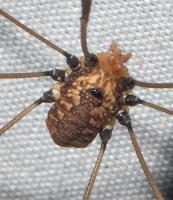 | Recorded by: Steve Hall
Orange Co.
Comment: |
 | Recorded by: Steve Hall
Orange Co.
Comment: Found on moth sheet | 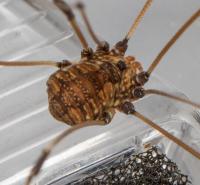 | Recorded by: Steve Hall
Orange Co.
Comment: Found on moth sheet |
 | Recorded by: Steve Hall
Orange Co.
Comment: Found on moth sheet |